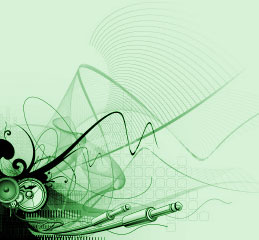A C O U S T I C S C O N S U L T I N G
“Acoustics” is commonly but only partly correctly understood to mean sound-proofing. While this is one aspect it is not the whole. A room needs to be isolated (sound-proofed) from its surrounding areas as well as acoustically treated internally in order that the subjective quality of sound within the room meets the required specification.
This applies to spaces utilized in diverse fields such as recording studios, auditoriums, broadcast studios, video post-production rooms, clubs/bars/lounges/discos, cinema theatres, conference/board rooms, offices and even classrooms.
1. Layouts
Most spaces requiring redevelopment as a recording studio or an auditorium do not possess the ideal or recommended dimension ratios. As such these spaces need to be laid out in the most effective manner for optimum utilization of the space available as well as dimensioning the rooms as close to ideal as possible to avoid acoustical issues.
This function is a basic inclusion in our list of services eliminating the need to go to an architect for this purpose.
2. Acoustical Design and Specification
Once a room layout has been finalized, proper acoustic treatment is necessary to achieve the desired level of sound quality. This requirement varies depending on the purpose for which the room is being treated. For example, a recording studio has more stringent requirements than a classroom.
Use of room acoustics modeling computer software arms us with the capability to create simulations of the rooms that require treatment. These simulations are the starting point from which prediction of acoustical room response and treatment can be begun.
We provide the necessary designs and specifications for the treatment of the room which include the use of absorptive and reflective surfaces, sound barriers, bass traps, membrane absorbers etc. as necessary. This is arrived at through theoretical calculation as well as implementation.
3. Custom Acoustical Devices
Often it is not possible to achieve a desired acoustical effect through the use of standard off-the-shelf products. In such cases we are able to design and build the necessary custom device that will tackle the issue at hand.
4. Calibration
It is desirable to achieve the specified acoustical quality solely by the use of appropriate acoustical solutions. In practice, this is not always achievable. At such times the use of electronic devices becomes necessary in order to fine tune the acoustical response. This involves calibration of the various equipment that have a direct bearing on the nature of the room acoustics.
This is achieved by employing high quality computer based software and hardware that use methods such as room impulse measurement as well as real-time analysis as necessary.
|


